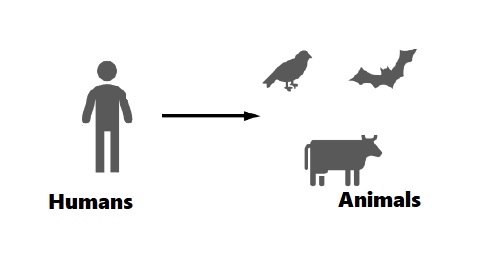Epidemic Disease Occurrence
Level of disease The amount of a particular disease that is usually present in a community is referred to as the baseline or endemic level of the disease. This level is not necessarily the desired level, which may in fact be zero, but rather is the observed level. In the absence of intervention and assuming […]
Epidemic Disease Occurrence Read More »
Epidemiology







